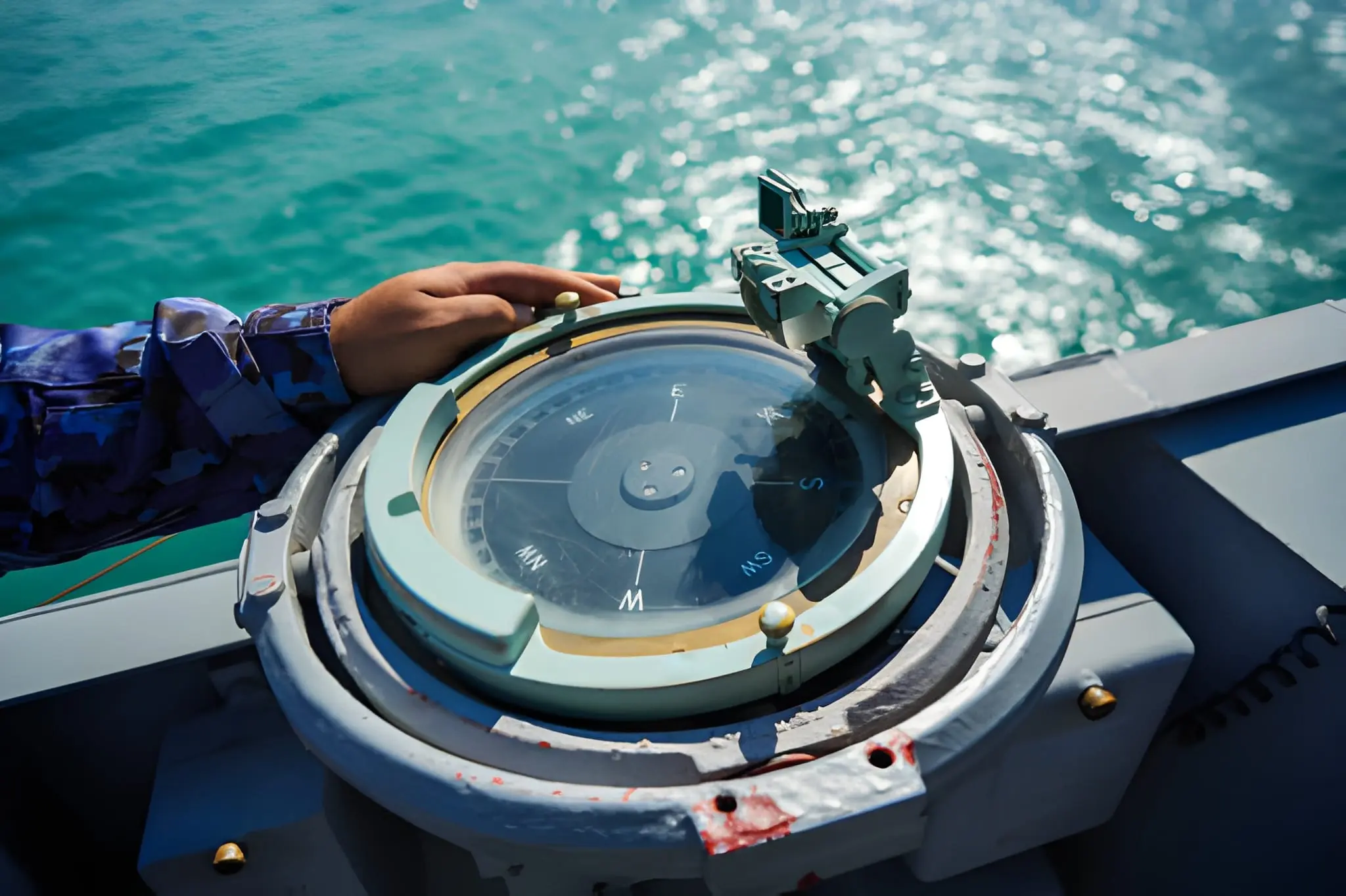As boating technology evolves, vessel owners and operators are rethinking how they interact with onboard systems. Gone are the days when navigation, power management, lighting, and engine control were all isolated, manually operated elements. Today’s marine environments demand automation, integration, and simplicity — all delivered through intelligent systems that respond in real time.
At the forefront of this transformation is the rise of advanced marine control platforms designed to unify and streamline onboard operations. Whether you’re piloting a leisure yacht or managing a commercial craft, adopting a Cruzo Boat Control System represents a significant leap toward safer, smarter, and more intuitive boating.
The Rise of Smart Marine Control Systems
Much like smart homes and connected vehicles, boats are becoming intelligent ecosystems. Control systems are now expected to manage everything from navigation and lighting to bilge pumps and entertainment systems — all from a central panel or app. The more these systems communicate and operate cohesively, the better the vessel performs.
Modern control platforms are built around this expectation. They integrate hardware and software to provide boaters with real-time data, remote access, and automation capabilities that reduce manual input and improve safety on the water.
Why Automation Is Changing the Game
Marine environments are inherently unpredictable. Weather shifts quickly, sea conditions fluctuate, and even minor missteps in control can lead to costly repairs or unsafe conditions. Automation adds a layer of consistency and reliability, reducing the chance of human error and enabling smoother, more responsive operation.
Key benefits of automation include:
- Efficient energy management
- Auto-calibration of lighting, HVAC, and ballast systems
- Predictive maintenance alerts
- Dynamic engine monitoring
- Enhanced user experience through simplified controls
These systems don’t just react to inputs — they anticipate needs, identify issues before they escalate, and guide users through optimal performance routines.
Key Features to Expect from Next-Gen Marine Automation
When evaluating smart control systems, look for features that blend intuitive user design with robust technical capability. High-quality solutions offer:
- Touchscreen interfaces that display critical system data clearly
- Modular layouts for custom configurations based on vessel size and use
- Remote access via mobile apps for off-site monitoring and control
- Integrated lighting and electrical management
- Built-in safety protocols, such as emergency shutdown sequences or circuit isolation
- CAN bus or NMEA 2000 compatibility for seamless integration with marine electronics
Together, these features support smarter decision-making, better fuel efficiency, and a safer experience whether you’re cruising inland or navigating open waters.
Designed for the Realities of Marine Life
It’s not enough for a control system to be smart — it also needs to be tough. Saltwater, vibration, temperature swings, and UV exposure can degrade hardware quickly if it’s not engineered for marine conditions. That’s why systems like Cruzo by Barantech are built to withstand harsh environments without compromising responsiveness or functionality.
Ruggedized touch panels, waterproof enclosures, and vibration-resistant mounting systems all contribute to long-term durability. In addition, the internal software must be designed to continue functioning even in the event of partial hardware or sensor failure, ensuring that essential controls remain operable at all times.
Tailored for Every Vessel Type
Another major advantage of next-gen automation is flexibility. Whether you’re outfitting a fishing boat, sailboat, luxury yacht, or commercial ferry, modern marine control systems can be scaled and tailored to meet specific operational requirements.
Customization options may include:
- Personalized interface layouts based on vessel use
- Multiple user profiles for different operators or crew members
- Integration with third-party equipment (e.g., sonar, radar, chartplotters)
- Language and accessibility customization
- Specific control zones (e.g., flybridge, engine room, galley)
This adaptability ensures that each vessel benefits from a control system that feels natural, intuitive, and complete — no matter how simple or complex its setup may be.
Data-Driven Navigation and Performance
One of the most valuable aspects of marine automation is its ability to collect and analyze data. From engine hours and fuel efficiency to environmental inputs and route tracking, intelligent systems deliver insight that helps owners make better decisions.
For example:
- Real-time fuel consumption data can help adjust cruising speeds for efficiency.
- Engine temperature monitoring can trigger alerts before overheating occurs.
- Battery and power usage tracking can prevent outages during critical systems use.
- Historical data logs can assist in service planning and resale documentation.
This data-first approach brings a level of transparency and operational clarity that traditional setups simply can’t match.
Enhanced Safety with Smarter Alerts
Safety is always the top priority on the water. Advanced control systems reinforce this through integrated alarm systems, automated shutdown protocols, and redundant backups for critical systems.
With features like:
- Emergency override functions
- Real-time system fault notifications
- Integrated fire, smoke, and water ingress alarms
- Geo-fencing and vessel location tracking
…smart systems reduce response time during emergencies and give crews the tools they need to act quickly and confidently.
The Future of Navigation Starts Here
Marine control systems are only going to become more intelligent and connected. As AI-powered analytics, satellite-based networking, and autonomous navigation technologies continue to advance, having a flexible, scalable platform in place will be key to keeping up with what’s next.
Systems like the Cruzo Boat Control System are already laying the groundwork for these innovations, offering vessel owners the tools they need today — and the adaptability they’ll need tomorrow.
Final Thoughts
Marine automation is no longer a luxury reserved for mega-yachts and military-grade vessels. It’s becoming a standard expectation across recreational and commercial boating sectors. Integrated, intelligent platforms provide better safety, efficiency, and control — all in a user-friendly package designed for real-world maritime challenges.
Choosing a proven, resilient solution like Cruzo by Barantech ensures your vessel is equipped for modern navigation demands. From smoother docking to more reliable power management and greater peace of mind offshore, these systems are shaping the future of boating — one smart panel at a time.

